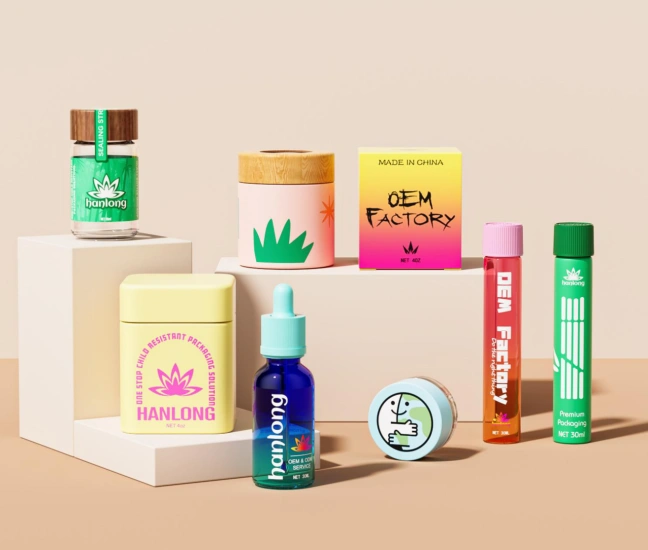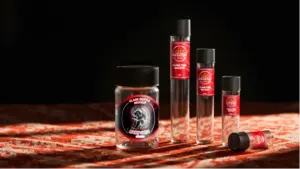In the rapidly evolving cannabis industry, flower remains the cornerstone product-the purest expression of the plant’s complex character and therapeutic potential. Yet this botanical marvel is also remarkably delicate, with its intricate trichomes housing precious cannabinoids and terpenes that can be easily compromised by light, air, and time. The perfect cannabis experience begins long before consumption, with packaging that not only preserves these delicate compounds but also communicates brand values, meets stringent regulations, and increasingly, addresses environmental concerns. As consumers become more discerning and the market more competitive, packaging has emerged as the critical intersection of product integrity, brand identity, and consumer connection.
This comprehensive guide explores the multifaceted world of cannabis flower and the packaging solutions that protect and showcase it. From understanding the botanical intricacies of cannabis buds to analyzing cutting-edge packaging innovations, we’ll examine how thoughtful packaging preserves potency, enhances user experience, and differentiates brands in a crowded marketplace. Whether you’re a cultivator seeking optimal preservation methods, a brand manager navigating packaging decisions, or a curious consumer wanting to ensure your purchase stays fresh, this exploration of cannabis flower packaging reveals how the humble container has become as sophisticated as the product it protects. Join us as we unpack the science, art, and strategy behind packaging one of nature’s most complex and beneficial plants.
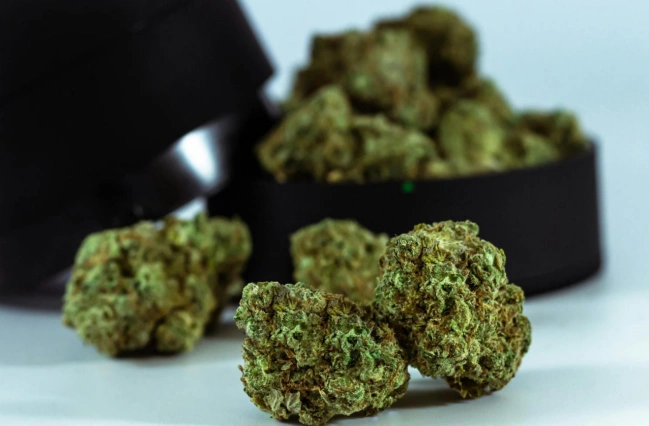
Understanding Cannabis Flower
Cannabis flower represents the smokable buds harvested from the flowering marijuana plants. These buds are the most recognizable and traditional form of cannabis consumption, containing the highest concentration of cannabinoids and terpenes.
The Anatomy of Cannabis Flower
The cannabis flower has a complex structure that contributes to its effects and potency:
Calyxes and Bracts: The bracts surround the female plant’s reproductive area in a tear-shaped formation. They contain numerous resin glands with the highest concentration of cannabinoids in the plant. Inside the bracts is the calyx, a transparent protective layer for the ovule that isn’t visible to the naked eye.
Trichomes: These crystal-like structures form a covering over the buds and secrete cannabinoids like THC and CBD, as well as terpenes. Trichomes serve as the plant’s natural defense mechanism against predators and environmental threats.
Nodes: These are points where branches grow from the main stem or where one branch creates another. Some nodes contain buds, though not all do.
The Flowering Process
The cannabis flowering stage is a critical phase when the plant transitions from vegetative growth to bud production. Outdoors, this is triggered by decreasing daylight hours, while indoor growers control this transition artificially.
During the vegetative stage, plants grow vigorously, developing their characteristic structure and foliage. When transitioning to flowering, plants enter a pre-flowering stage where growth slows down.
The transition is controlled by a hormone called phytochrome (PR), which is produced when seeds germinate but suppressed by red light spectrum during daylight hours. Once plants receive at least 11 hours of uninterrupted darkness (some sativa varieties may need 12+ hours), critical PR levels activate, and after about 5 days, plants receive the signal to begin flowering.
This process, known as “the flip,” triggers a panic reaction in the plant, causing it to grow rapidly while simultaneously producing buds. Many strains experience accelerated growth for a couple of weeks before fully transitioning to the flowering stage.
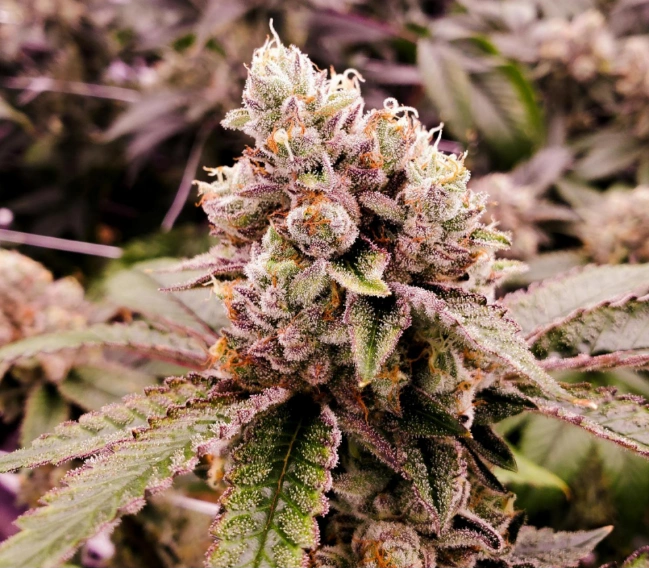
Benefits of Cannabis Flower
Cannabis flower offers a comprehensive range of therapeutic benefits, making it a versatile option for both medical patients and recreational users. The natural, unprocessed buds of the cannabis plant contain the full spectrum of cannabinoids and terpenes, creating powerful medicinal effects through what’s known as the “entourage effect.”
Cannabis flower provides the complete profile of over 120 different phytocannabinoids that work synergistically with the body’s endocannabinoid system. This creates the “entourage effect,” where compounds in cannabis work together to produce enhanced therapeutic benefits compared to isolated cannabinoids. The interaction between THC, CBD, and other cannabinoids, along with terpenes, creates effects that are potentially more beneficial than when these compounds are taken separately.
Therapeutic Applications
Natural Pain Relief: Cannabis flower has demonstrated significant efficacy in managing chronic pain conditions, including neuropathic pain, multiple sclerosis-related spasticity, and cancer-related pain. Research involving over 10,000 scientific studies found that cannabis and cannabinoid products effectively relieve chronic pain. The analgesic properties of cannabis flower make it particularly valuable for those suffering from persistent discomfort.
Mental Health Applications: Many individuals find that certain cannabis strains can help alleviate symptoms of anxiety and depression, promoting relaxation and improving mood. The cannabinoids in cannabis interact with receptors in the brain that regulate emotional processing and stress responses, potentially offering relief for those struggling with mental health challenges.
Sleep Improvement: Cannabis flower, particularly indica strains, is renowned for promoting relaxation and aiding sleep. For individuals dealing with insomnia or disrupted sleep patterns, cannabis can help initiate and maintain restful sleep, addressing a common health concern that affects millions worldwide.
Neuroprotective Properties: Emerging research suggests that cannabinoids in cannabis flower may possess neuroprotective qualities. These properties could potentially lead to treatments for neurodegenerative conditions in the future, offering hope for conditions with limited therapeutic options.
Anti-Inflammatory Benefits: Cannabis has potent anti-inflammatory properties that can help manage conditions characterized by chronic inflammation. CBD has been shown to reduce inflammation by stimulating the release of anti-inflammatory cytokines and diminishing pro-inflammatory cytokine levels. THC also demonstrates anti-inflammatory properties, making cannabis flower a potential option for inflammatory conditions affecting the intestines, brain, and skin.

Consumption Advantages
Familiarity and Ease of Use: Cannabis flower offers a familiar consumption method for many users, making it accessible and straightforward to use. Whether through joints, pipes, or vaporizers, flower provides a traditional approach to cannabis consumption that many find comfortable and reliable.
Fast-Acting Effects: Smoking or vaping cannabis flower delivers cannabinoids directly to the bloodstream through the lungs, providing rapid symptom relief. This quick onset of effects makes flower particularly valuable for conditions requiring immediate relief, such as acute pain or anxiety attacks.
Dosing Flexibility: Cannabis flower allows users to adjust their dosage based on immediate needs and responses, offering a level of control that may be difficult to achieve with other consumption methods like edibles. This flexibility is especially important for medical patients who need to carefully manage their symptoms.
In conclusion, cannabis flower represents a versatile therapeutic option with numerous evidence-based benefits spanning pain management, mental health support, sleep improvement, and anti-inflammatory effects, all delivered through a familiar, fast-acting consumption method.
Cannabis Packaging Essentials
Proper packaging is crucial not just for compliance but for preserving the quality and potency of cannabis flower.
Regulatory Requirements
Cannabis packaging must adhere to strict regulations designed to ensure safety and prevent misuse:
Child-Resistant Features: All cannabis products must be packaged in child-resistant containers to prevent accidental ingestion by minors. Common designs include push-and-turn caps and squeeze-and-pull closures.
Tamper-Evident Packaging: These features ensure consumers can detect if a product has been opened or altered since manufacturing, maintaining product integrity and consumer trust.
Resealable Containers: For products containing multiple servings, packaging must be resealable while maintaining child-resistant and tamper-evident characteristics throughout the product’s use.
Labeling Requirements: Packaging must include standardized cannabis symbols, health warnings, and specific product information such as brand name, product type, cannabis class, and key ingredients.
Prohibited Elements: Regulations prohibit packaging elements that could appeal to minors or mislead consumers about the product’s effects or safety.
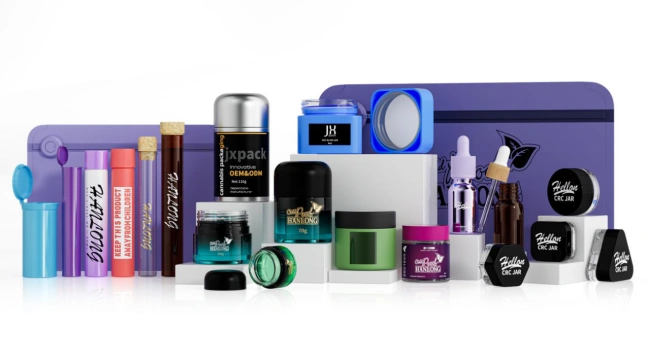
Types of Cannabis Flower Packaging
Cannabis flower packaging has evolved significantly as the industry has matured, with various options now available to preserve potency, ensure compliance, and enhance brand appeal. Each packaging type offers distinct advantages for protecting the delicate nature of cannabis buds while maintaining freshness and potency.
Glass Jars
Glass jars remain one of the most popular and effective options for cannabis flower packaging:
– Non-reactive material: Glass doesn’t interact chemically with cannabis, preventing any leaching that might affect flavor or potency
– Superior preservation: Provides an airtight seal that protects against oxygen exposure, which can degrade cannabinoids and terpenes
– Visibility: Transparent options allow customers to see the product before purchase
– Temperature stability: Glass offers excellent protection against temperature fluctuations
– Durability: Provides sturdy protection against physical damage during transport and storage
– UV protection: Available in protective colors like amber to shield products from harmful UV light
Glass jars are commonly fitted with child-resistant caps to ensure compliance with regulations while maintaining the quality of the flower.
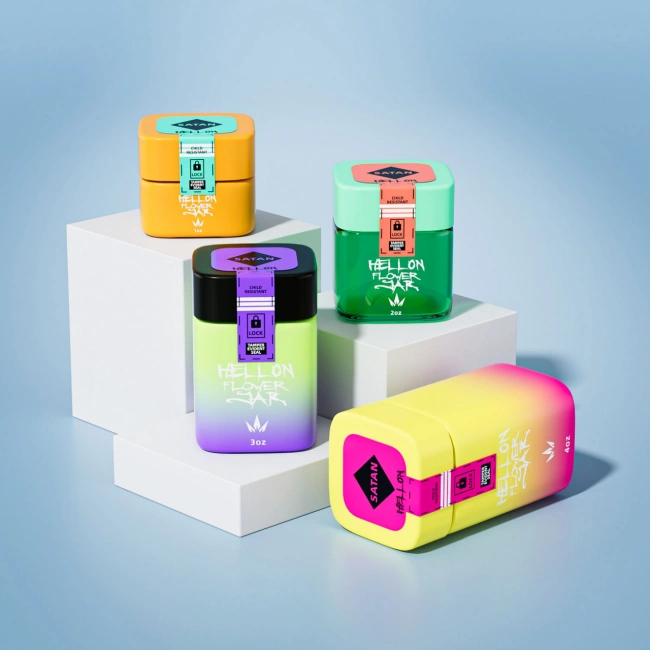
Mylar Bags and Flexible Packaging
Flexible packaging options, particularly Mylar bags, have gained significant popularity in recent years:
– Barrier properties: Excellent protection against moisture, light, and oxygen
– Customization: Easily customizable with branding, holographic elements, and high-quality finishes
– Space efficiency: Takes up less storage space than rigid packaging options
– Visibility options: Available with clear windows to showcase the product while still providing protection
– Child-resistant features: Many include special zippers or seals that meet child-resistance requirements
– Tamper-evident properties: Can incorporate tear notches or heat seals to indicate if the package has been opened
Mylar bags are particularly cost-effective when ordered in bulk and offer significant flexibility in design and branding opportunities.
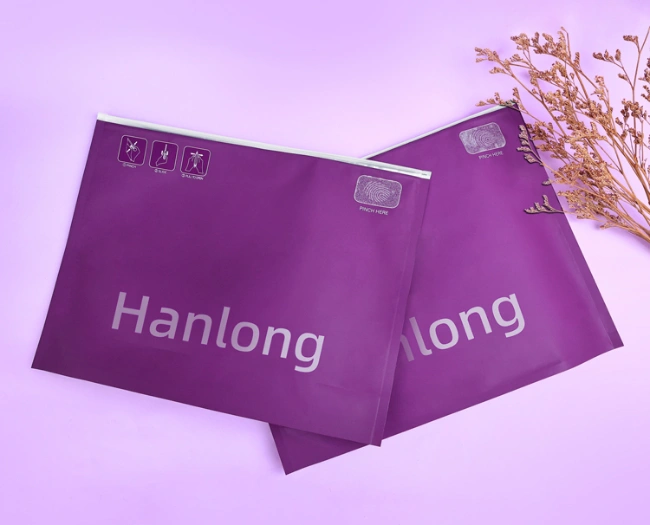
Plastic Containers
Plastic containers offer a balance of protection and affordability:
– Cost-effectiveness: Generally less expensive than glass while still providing good protection
– Lightweight: Easier to transport and handle than glass alternatives
– Variety: Available in different opacities to protect against light degradation
– Child-resistant options: Readily available with compliant closure mechanisms
– Wide-mouth designs: Cannabis flower containers typically feature wide openings for easy dispensing
Many plastic containers are now being produced with post-consumer recycled (PCR) materials to address environmental concerns.
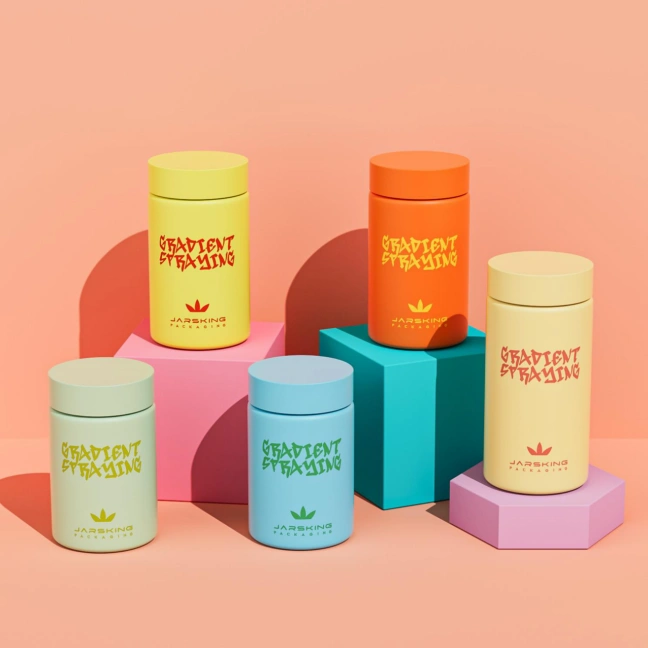
Tin Containers
Tin containers provide a premium packaging option:
– Durability: Highly resistant to damage during transport and handling
– Premium appearance: Often used for high-end or limited edition strains
– Complete light protection: Opaque material protects cannabinoids from degradation
– Reusability: Consumers often repurpose these containers, extending their lifecycle
Tin containers are particularly popular for brands looking to position themselves in the luxury cannabis market segment.
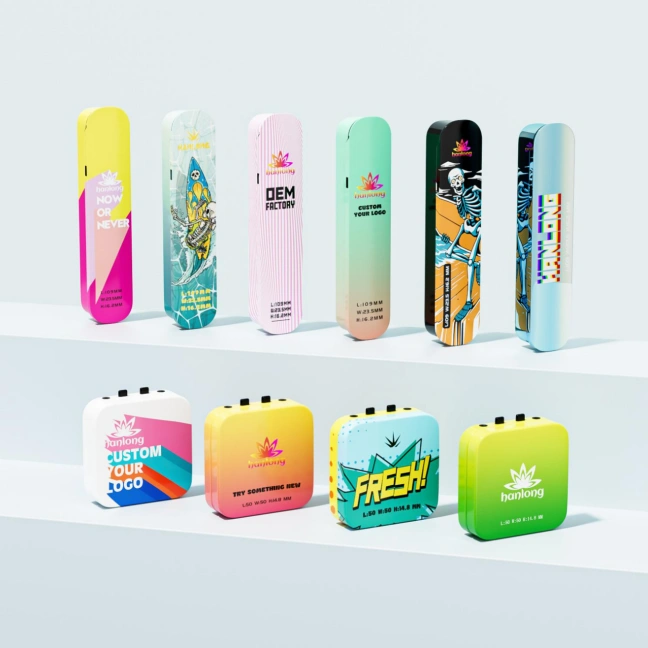
Pre-Roll Tubes
Specifically designed for pre-rolled products or smaller quantities of flower:
– Glass tubes: Lightweight, durable, and can withstand temperature changes while showcasing the product
– Plastic tubes: Provide secure, quality seals while offering portability and durability
– Slim design: Cylindrical shape makes them ideal for single pre-rolls or small amounts of flower
These tubes are particularly useful for single-use or on-the-go cannabis products.
Innovative and Sustainable Options
As the industry evolves, new packaging solutions are emerging:
– Biodegradable materials: Plant-based packaging made from hemp, cornstarch, or sugarcane
– Ocean-bound plastic: Containers created from plastic that would otherwise end up in marine environments
– PCR (Post-Consumer Recycled) materials: Child-resistant containers made with 43-65% recycled content
– Minimalist packaging: Reduced material use without compromising product protection
These sustainable options are gaining traction as environmental concerns become increasingly important to both brands and consumers.
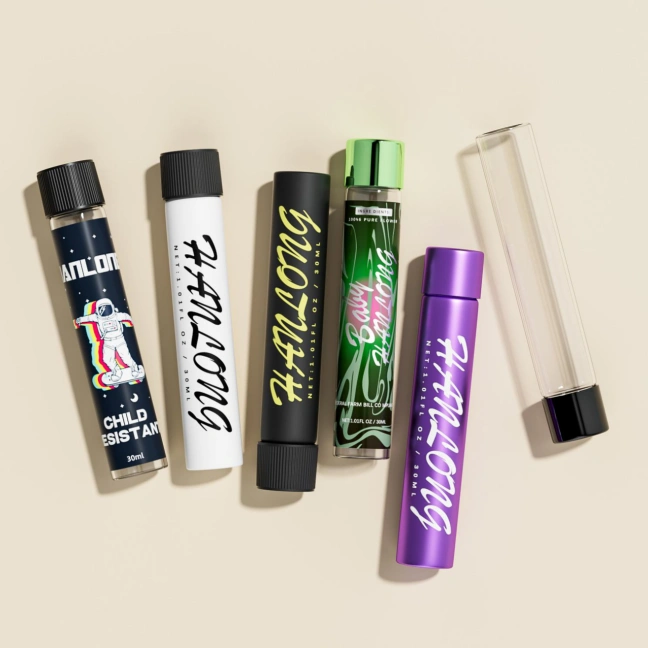
Best Practices for Cannabis Flower Storage
Temperature Control
Cannabis should be stored at the right temperature to preserve its properties. The ideal storage temperature is around 70°F (21°C), in a cool, dark place. This helps prevent the breakdown of cannabinoids and terpenes while avoiding mold growth.
Humidity Management
Excessive humidity can lead to mold growth, ruining cannabis flower. The optimal relative humidity level is between 59-63%12 or 55-65%. Using humidity control packs or a cannabis humidor can help maintain ideal moisture levels.
Light and Air Exposure Prevention
Exposure to air and light accelerates THC degradation, dries out cannabis, and can create mold. UV light specifically can break down cannabinoids, reducing potency. Store cannabis in opaque, airtight containers to keep it fresh longer.
Container Choices
Glass Jars: Airtight glass jars with seals are ideal for preserving potency and flavor. They don’t interact with the cannabis, helping maintain flavor and aroma.
Avoid Plastic for Long-Term: Plastic bags or containers should be avoided for long-term storage as they can create static that harms trichomes. If bags are preferred over jars, mylar bags are better than plastic.
Avoid Refrigerators and Freezers: Despite seeming logical, storing cannabis in refrigerators or freezers can introduce moisture, leading to mold growth. Freezing can make trichomes brittle and break off.
Innovative Storage Solutions
Vacuum-Sealing
Vacuum-sealing removes air from storage bags, slowing degradation by minimizing exposure to oxygen. When using this method, adding a small humidity control pack helps maintain optimal moisture levels.
Smart Packaging Features
Innovative packaging now includes temperature sensors, humidity indicators, and tamper-evident seals that improve product safety and quality.
Lockable Storage Options
Safe storage initiatives like Maine’s “Safe Storage for ME” program provide lockable storage bags to cannabis patients and consumers, promoting responsible storage habits that keep cannabis out of reach of children and pets.
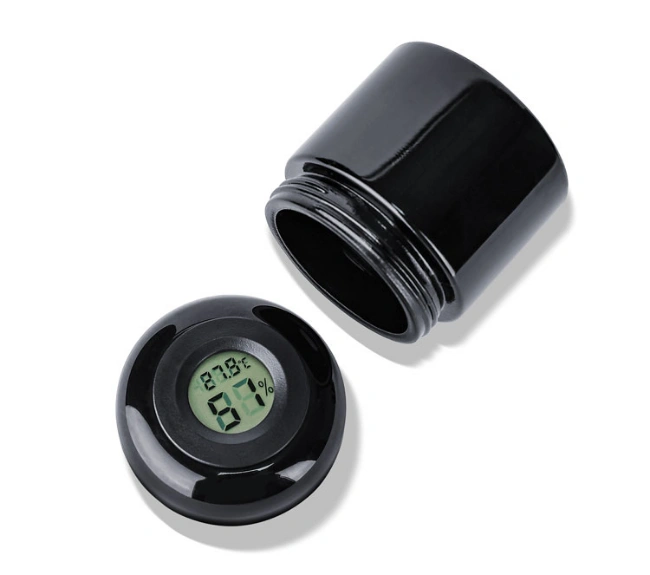
Case Studies on Industry Leaders
The cannabis packaging landscape has evolved dramatically in recent years, with innovative brands pushing boundaries while navigating complex regulations. These real-world examples illustrate how thoughtful packaging solutions can enhance brand identity, improve product preservation, and drive market success.
Lowell Herb Co.: Reimagining Pre-Roll Packaging
Lowell Herb Co. revolutionized cannabis pre-roll packaging with their distinctive kraft paper boxes reminiscent of vintage cigarette packaging. Their approach demonstrates several key packaging principles:
Challenge: Creating distinctive, premium packaging for pre-rolls in a market saturated with plastic tubes and generic containers.
Solution: Lowell developed a recyclable kraft paper box with an elegant, vintage-inspired design featuring embossed details and wax-sealed closures.
Results:
– 300% sales growth within 18 months of packaging redesign
– Expanded distribution to over 300 dispensaries across California
– Established brand recognition through distinctive packaging
– Created a premium positioning that justified higher price points
The success of Lowell’s packaging approach demonstrates how thoughtful design can elevate a commodity product to a premium experience. Their packaging not only preserves product freshness but creates an unboxing ritual that consumers find memorable.

Canndescent: Color-Coded Effect-Based Packaging
Canndescent pioneered effect-based marketing in the cannabis industry, using sophisticated color-coded packaging to communicate product effects rather than strain names.
Challenge: Helping consumers navigate cannabis products based on desired effects rather than technical strain information.
Solution: Canndescent’s packaging is organized around five experiential categories: Calm, Cruise, Create, Connect, and Charge. Each product is color-coded and numbered, with tasting notes and clear descriptions of the intended effects, such as “Lulls the mind and body into a gratifying sleep” for Calm No. 105.
Results:
– Increased market share by 15% within one year of implementation
– Reduced customer decision time at point-of-purchase by 23%
– Achieved 78% brand recognition in target markets
– Packaging redesign led to 35% reduction in product returns
By focusing on effects rather than strain names, Canndescent’s packaging created an intuitive shopping experience that resonated with both cannabis novices and experienced consumers. By focusing on effects and using intuitive visual cues, they make cannabis more accessible and less intimidating. Their glass jars with custom child-resistant closures maintain product freshness while reinforcing their premium positioning.
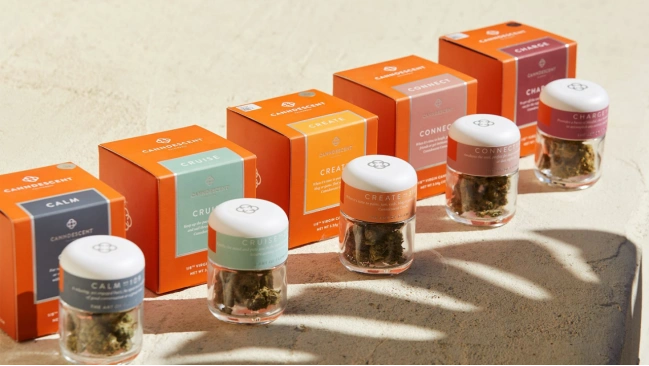
Pure Beauty: Sustainable Packaging Innovation
Pure Beauty has distinguished itself through minimalist design and industry-leading sustainability initiatives in their packaging.
Challenge: Creating environmentally responsible packaging without compromising product protection or regulatory compliance.
Solution: Pure Beauty developed biodegradable packaging made from reclaimed ocean plastic and hemp-based bioplastics, featuring minimalist design with distinctive black and white aesthetic.
Results:
– Reduced packaging carbon footprint by 73% compared to industry standards
– Decreased packaging costs by 18% through material efficiency
– Attracted environmentally conscious consumers, increasing market share by 22%
– Won three packaging innovation awards, generating significant media coverage
Pure Beauty’s approach demonstrates that sustainability can be both commercially viable and aesthetically distinctive. Their packaging uses 100% recycled materials, vegetable-based inks, and biodegradable components while maintaining child-resistance and product freshness.
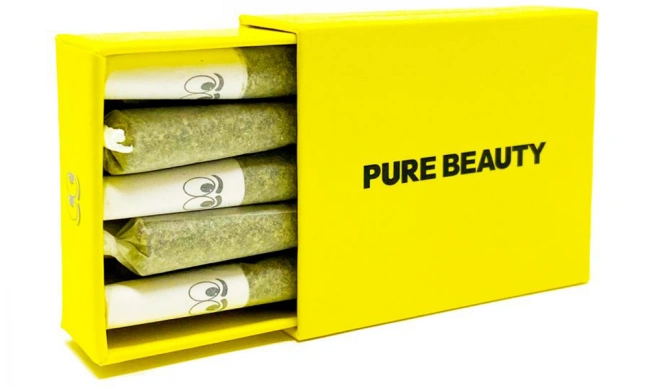
Dosist: Functional Design for Precision Dosing
While primarily known for their vaporizer pens, Dosist’s approach to flower packaging deserves attention for its focus on precision and user education.
Challenge: Translating Dosist’s clinical, precise brand positioning to flower products while maintaining consistency with their device packaging.
Solution: Dosist created recyclable glass containers with precise dosing information, detailed terpene profiles, and educational inserts explaining the entourage effect and optimal consumption methods.
Results:
– Achieved 89% customer satisfaction ratings for packaging clarity
– Reduced customer service inquiries about product usage by 64%
– Increased repeat purchases by 41% compared to previous packaging
– Successfully expanded from vaporizer-only to flower products while maintaining brand consistency
Dosist’s approach shows how packaging can serve as an educational tool while reinforcing brand positioning. Their clinical, precise aesthetic communicates reliability and consistency-qualities particularly valued by medical cannabis patients.

Cookies: Leveraging Packaging for Brand Extension
Cookies has become one of the most recognized cannabis brands globally, with their distinctive blue packaging playing a central role in their success.
Challenge: Creating instantly recognizable packaging that could support rapid expansion across multiple product categories and markets.
Solution: Cookies developed their signature blue Mylar bags with proprietary child-resistant closures and anti-counterfeiting features, maintaining consistent brand elements across various product lines.
Results:
– Built a global brand valued at over $1 billion
– Successfully expanded to 15 international markets while maintaining packaging consistency
– Reduced counterfeiting through proprietary packaging security features
– Achieved 94% brand recognition among target consumers
Cookies’ success demonstrates how strategic packaging can support brand building and market expansion. Their distinctive blue packaging has become so recognizable that it has spawned numerous imitators, prompting the company to implement sophisticated anti-counterfeiting measures.
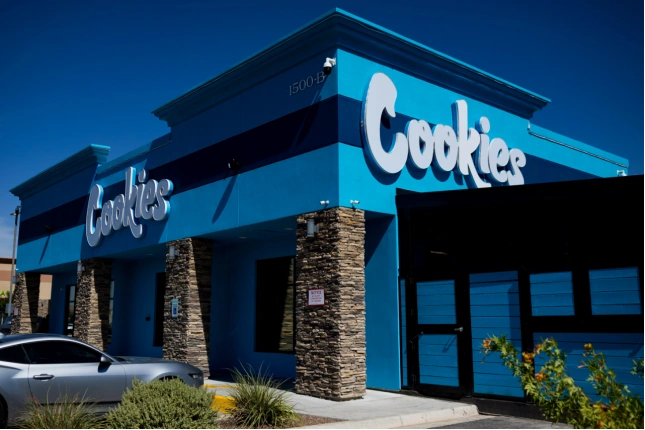
Packaging Redesign Case Study: Papa & Barkley
Papa & Barkley’s packaging evolution provides valuable insights into how brands can adapt their packaging to changing market conditions and consumer preferences.
Challenge: Transitioning from medical-focused packaging to designs appealing to both medical patients and recreational consumers while maintaining brand trust.
Before: Clinical, pharmaceutical-inspired packaging with minimal color and technical information prominence.
After: Warmer color palette, clearer effect indicators, and more accessible information hierarchy while maintaining medical credibility.
Results:
– Expanded retail presence from 89 to 350+ dispensaries following redesign
– Increased recreational consumer sales by 215% while maintaining medical patient loyalty
– Improved shelf visibility and product differentiation
– Reduced packaging production costs by 12% through material optimization
Papa & Barkley’s successful transition demonstrates how packaging redesigns can help brands evolve with changing markets. By maintaining core brand elements while refreshing their visual approach, they successfully broadened their appeal without alienating their original customer base.
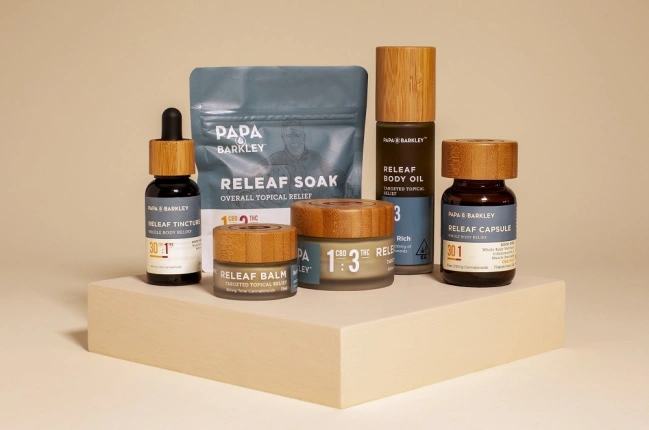
Conclusion
The relationship between cannabis flower and its packaging is symbiotic-quality packaging preserves the integrity of the product, while the unique properties of cannabis necessitate specialized packaging solutions. As the industry continues to mature, we can expect further innovations in packaging design that balance compliance, sustainability, brand differentiation, and product preservation.
For consumers, understanding proper storage techniques is just as important as selecting quality flower. By following best practices for storage, cannabis users can ensure their products maintain potency, flavor, and therapeutic benefits for the maximum possible time.
As we look toward the future, the cannabis packaging industry will likely continue to evolve, with greater emphasis on sustainable materials, innovative designs, and solutions that enhance both the user experience and product longevity.
